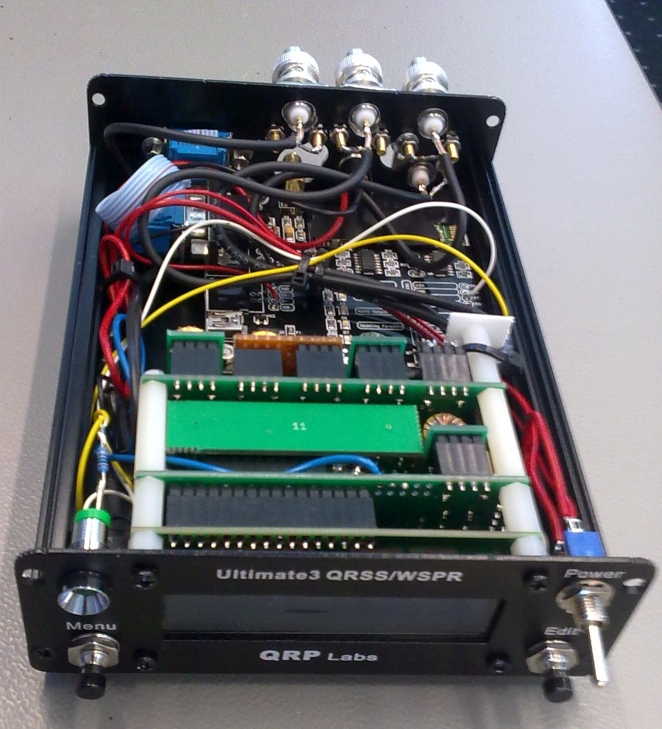

| WSPR spotter | my
equivalent isotropically radiated power |
distance |
mileage
in km per Watts EIRP |
| UYØLL |
50 mW |
2049
km |
40 980
km / W EIRP |
| OH7AZL |
50 mW | 1983 km |
39 660 km / W EIRP |
| OH7LMQ |
50 mW |
1974 km |
39 480 km / W EIRP |